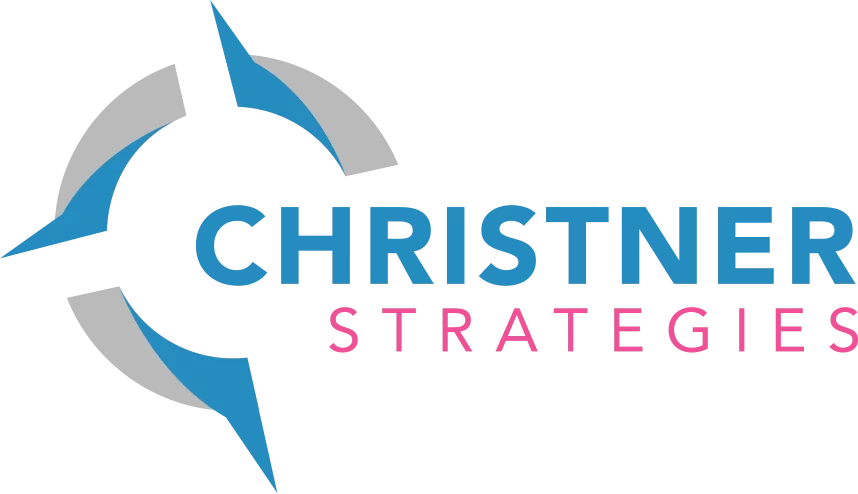LCME Blog
Standards and Elements ExplainedLatest Posts:
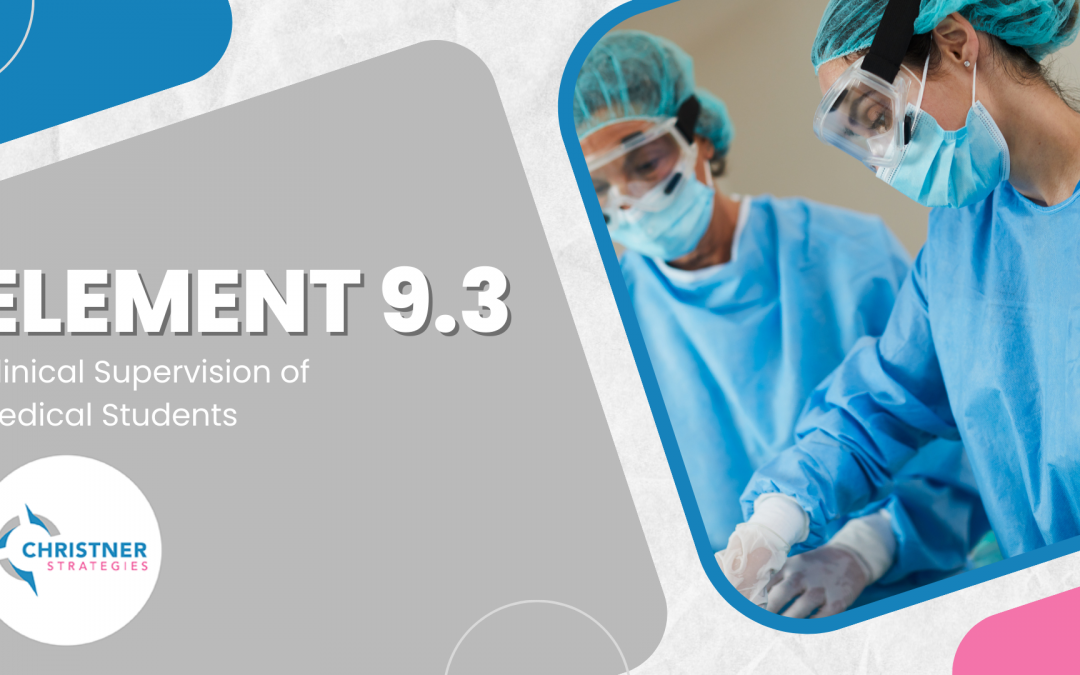
Element 9.3: Clinical Supervision of Medical Students
LCME Element 9.3 - Clinical Supervision of Medical Students A medical school ensures that medical students in clinical learning situations involving patient care are appropriately supervised at all times in order to ensure patient and student safety, that the level of...
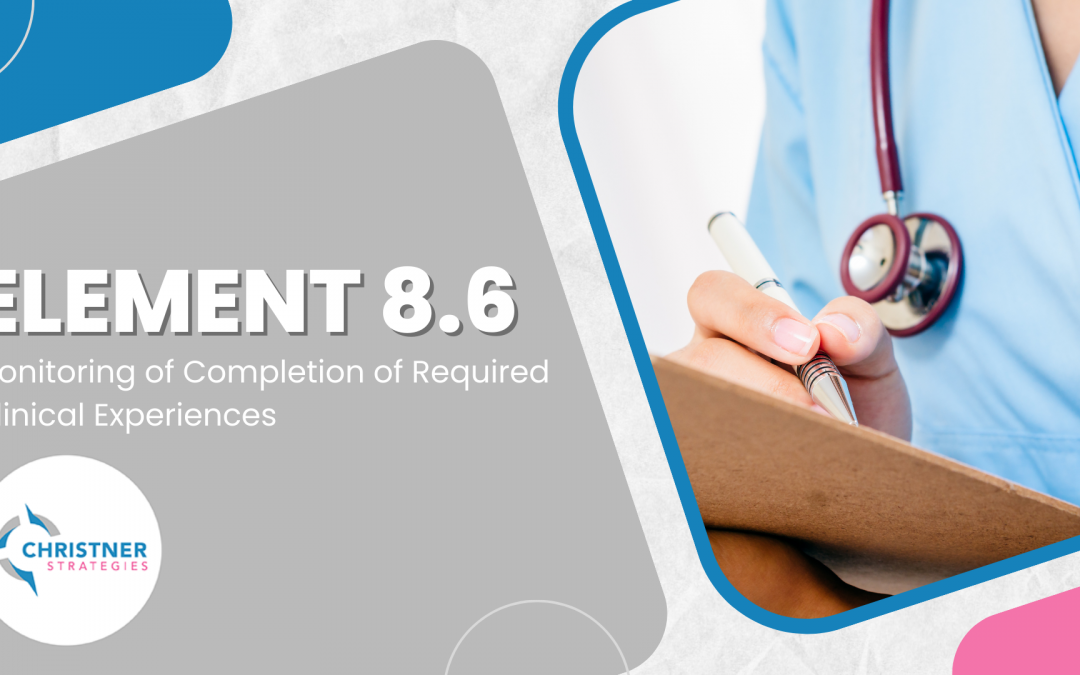
Element 8.6: Monitoring of Completion of Required Clinical Experiences
LCME Element 8.6 - Monitoring of Completion of Required Clinical Experiences A medical school has in place a system with central oversight that monitors and ensures completion by all medical students of required clinical experiences in the medical education program...
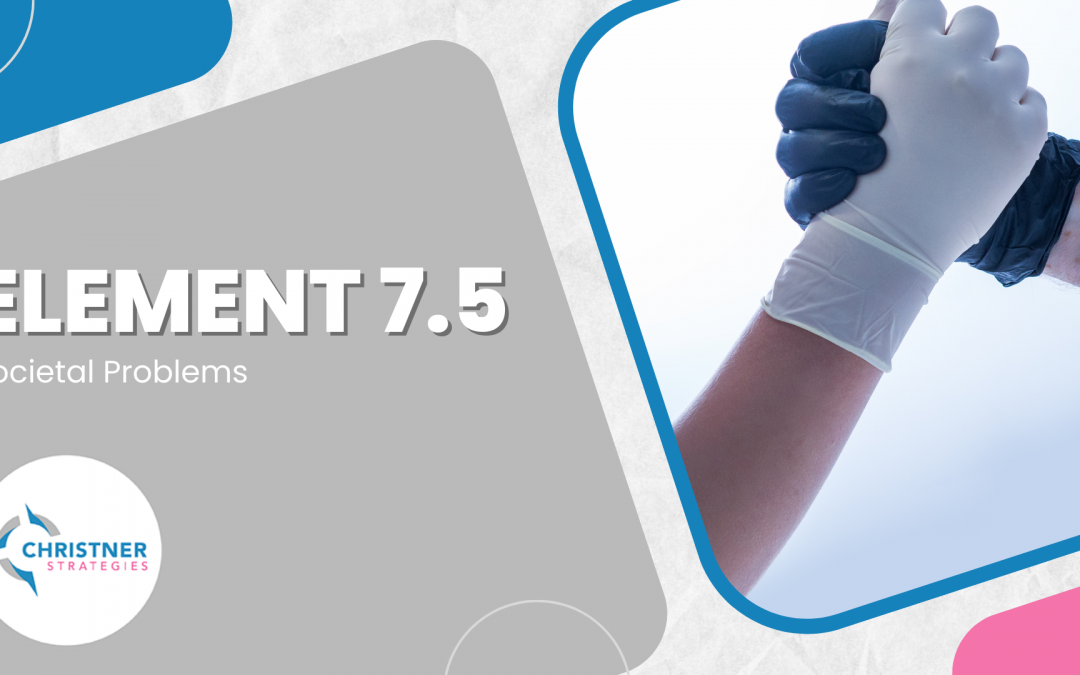
Element 7.5: Societal Problems
LCME Element 7.5 - Societal Problems The faculty of a medical school ensure that the medical curriculum includes instruction in the diagnosis, prevention, appropriate reporting, and treatment of the medical consequences of common societal problems. Hidden Curriculum...
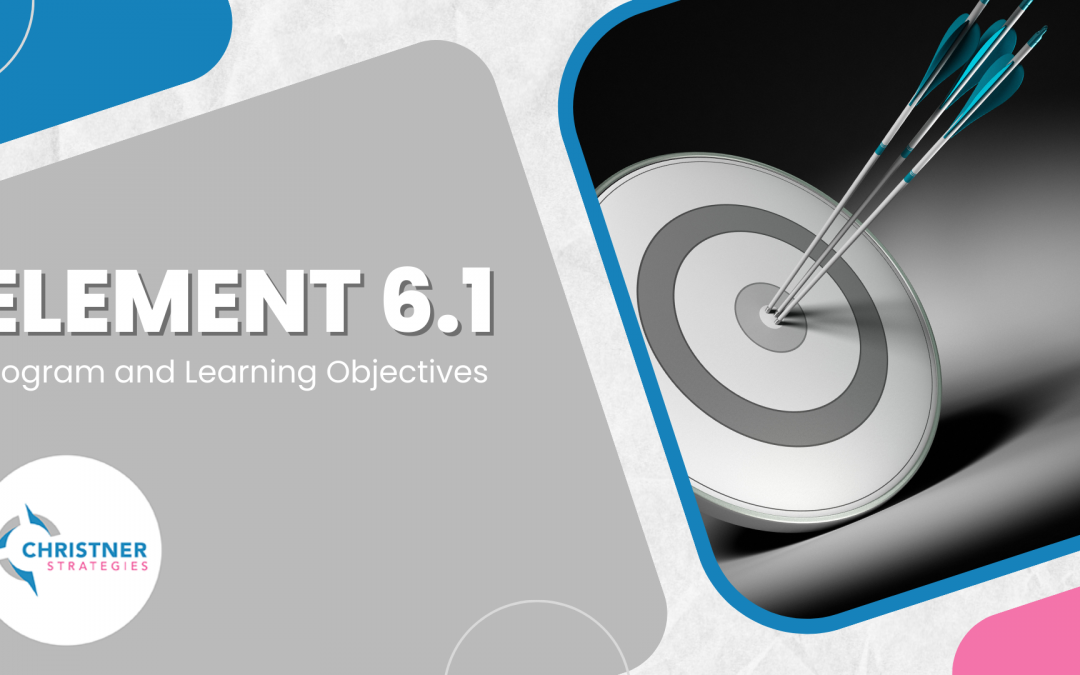
Element 6.1: Program and Learning Objectives
LCME Element 6.1 - Program and Learning Objectives The faculty of a medical school defines its medical education program objectives in outcome-based terms that allow the assessment of medical students’ progress in developing the competencies that the profession and...
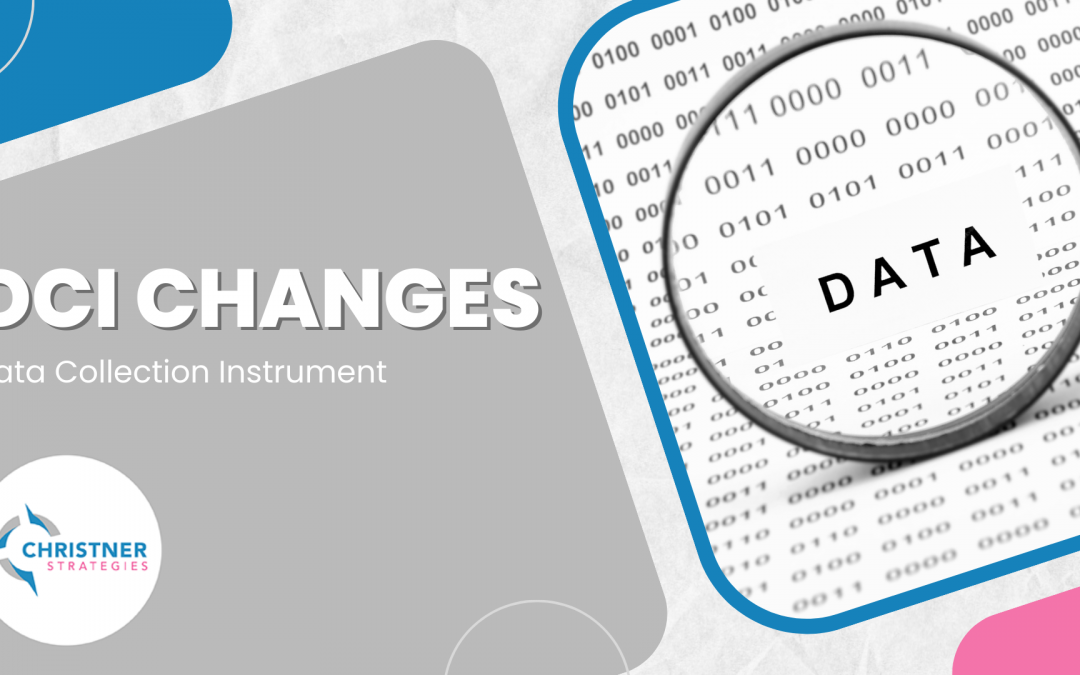
DCI Changes
For today’s post we depart slightly from our usual style as the LCME released an updated version of the Data Collection Instrument (DCI) in April 2023 for schools with visits during 2024-25. Several elements had notable changes to their associated DCI narrative...
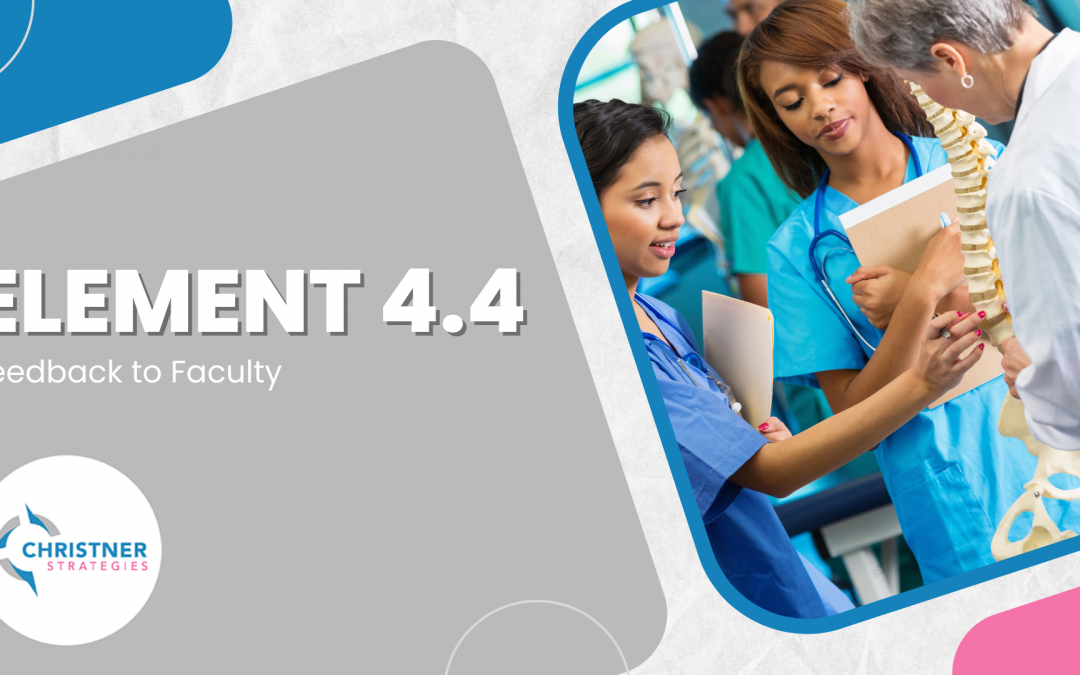
Element 4.4: Feedback to Faculty
LCME Element 4.4 - Feedback to Faculty A medical school faculty member receives regularly scheduled and timely feedback from departmental and/or other programmatic or institutional leaders on academic performance and progress toward promotion and, when applicable,...
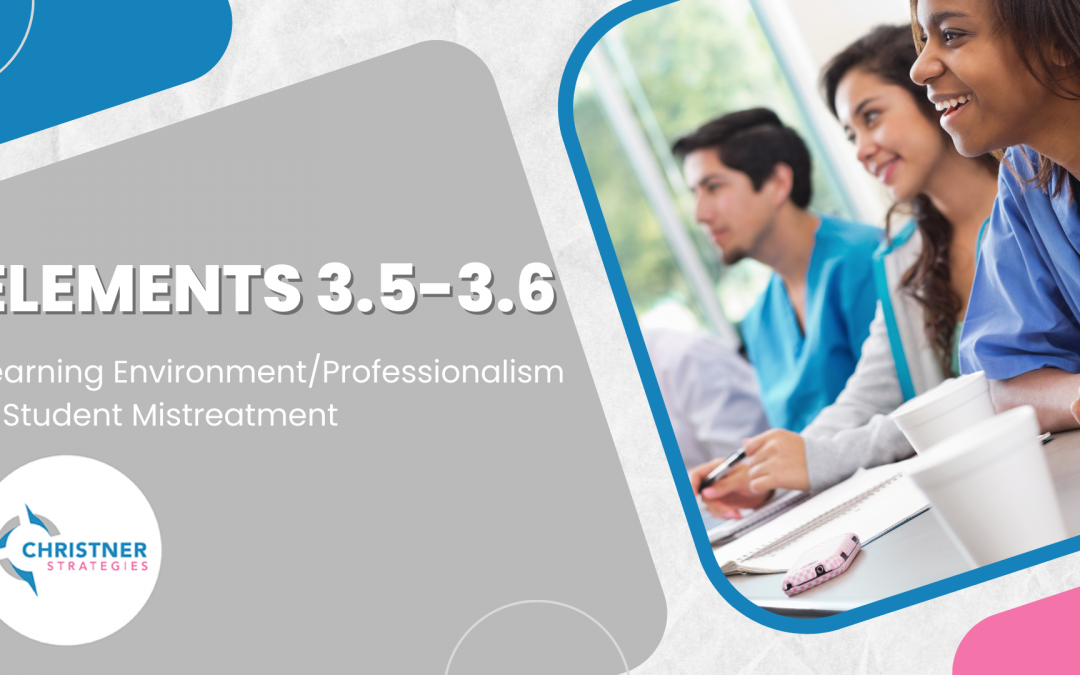
Elements 3.5: Learning Environment/Professionalism and 3.6: Student Mistreatment
LCME Element 3.5 - Learning Environment/Professionalism A medical school ensures that the learning environment of its medical education program is conducive to the ongoing development of explicit and appropriate professional behaviors in its medical students, faculty,...
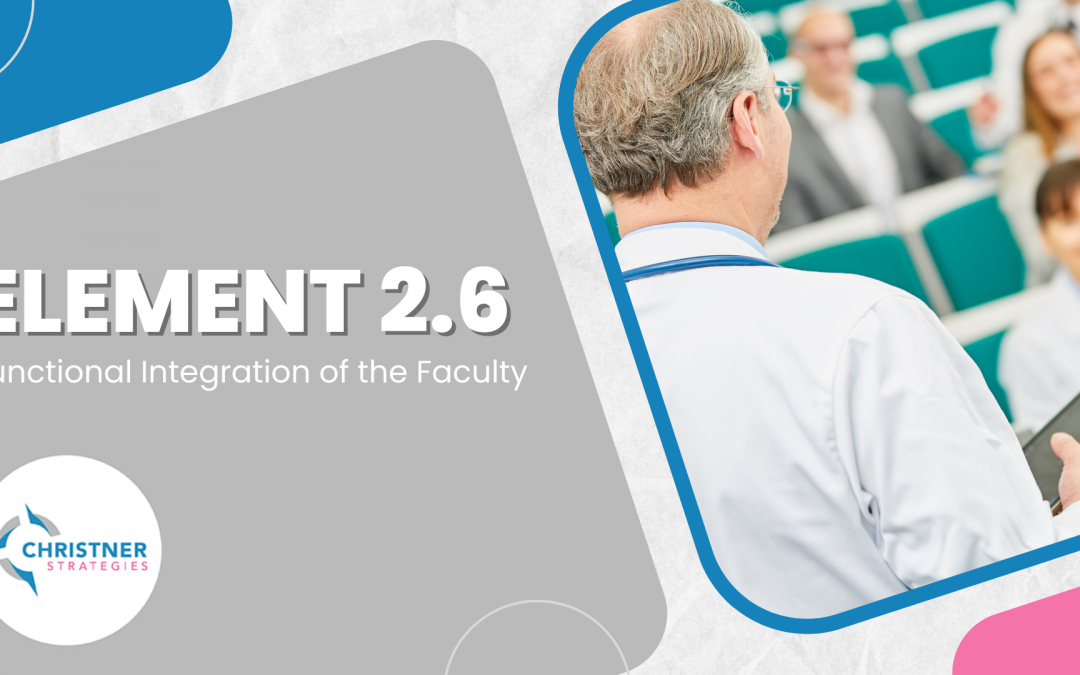
Element 2.6: Functional Integration of the Faculty
LCME Element 2.6 - Functional Integration of the Faculty At a medical school with one or more regional campuses, the faculty at the departmental and medical school levels at each campus are functionally integrated by appropriate administrative mechanisms (e.g.,...
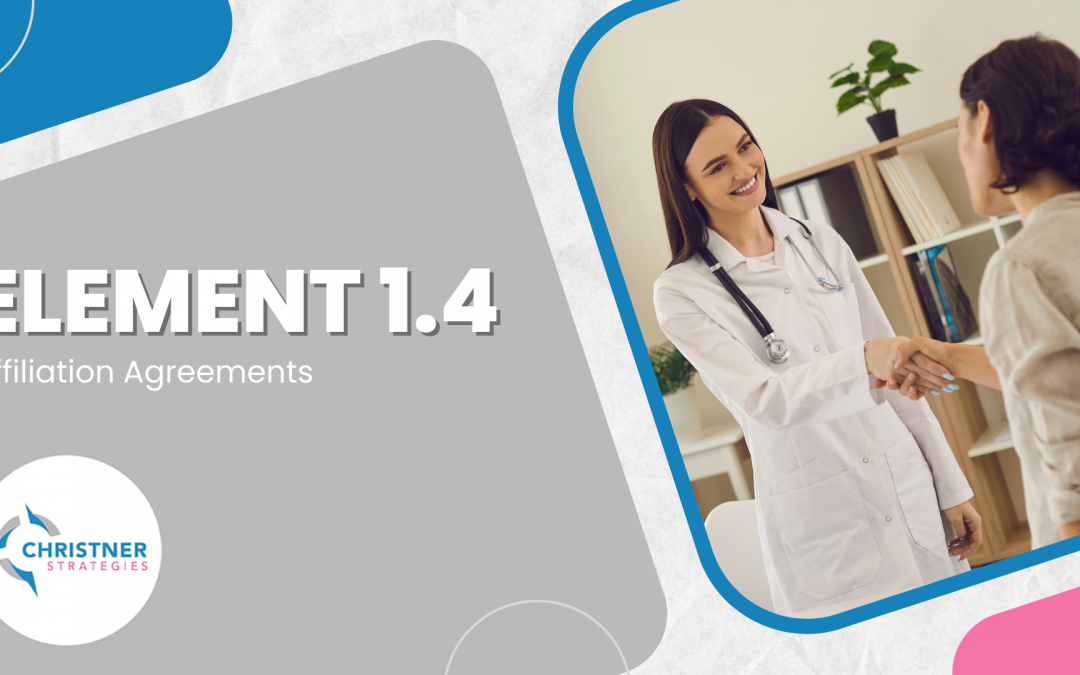
Element 1.4: Affiliation Agreements
LCME Element 1.4 - Affiliation Agreements In the relationship between a medical school and its clinical affiliates, the educational program for all medical students remains under the control of the medical school’s faculty, as specified in written affiliation...

Element 12.1 – Financial Aid/Debt Management Counseling/Student Educational Debt
LCME Element 12.1 - Financial Aid/Debt Management Counseling/Student Educational Debt A medical school provides its medical students with effective financial aid and debt management counseling and has mechanisms in place to minimize the impact of direct educational...

Element 11.2: Career Advising
LCME Element 11.2 - Career Advising A medical school has an effective career advising system in place that integrates the efforts of faculty members, clerkship directors, and student affairs staff to assist medical students in choosing elective courses, evaluating...

Element 10.9: Student Assignment
LCME Element 10.9 - Student Assignment A medical school assumes ultimate responsibility for the selection and assignment of medical students to each location and/or parallel curriculum (i.e., track) and identifies the administrative office that fulfills this...
